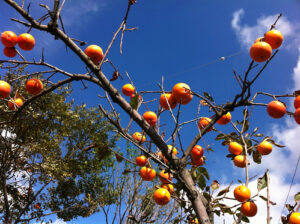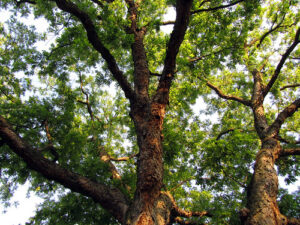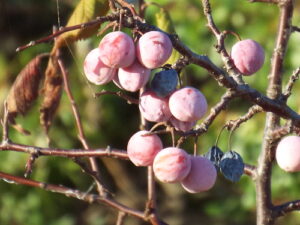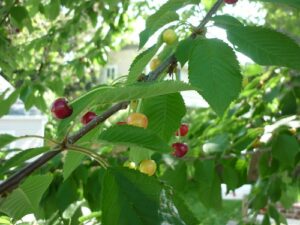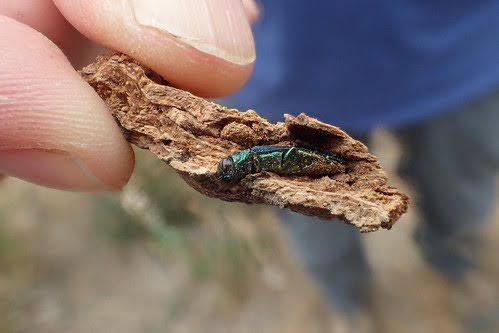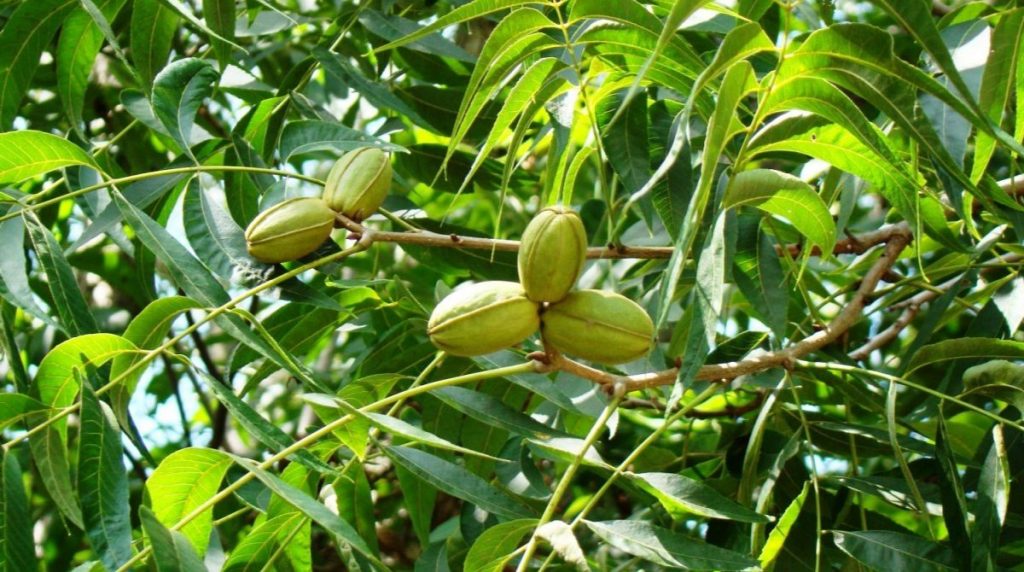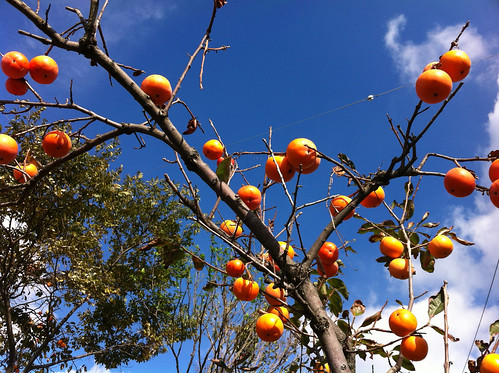
Fruit Trees Native to Texas
Date April 04, 2023
Native fruit trees are a great addition to any garden, providing a wide array of benefits. Not only can they provide delicious fruits and treats for their owners, but they will also attract wildlife and promote a healthy ecosystem. Native fruit trees produce oxygen and help to break down organic matter, making the soil richer and creating ideal conditions for growing other plants. Numerous native Texas fruit tree varieties exist, including pear, apple, peach, persimmon, and various citrus trees.
Texas Persimmon (Diospyros texana)
Image via Flickr by ftomiz
The Texas persimmon is an evergreen tree that produces small yellow-orange or red fruits with a tart flavor. It prefers full sun, though it will tolerate partial shade, and it requires well-drained soil. It typically grows between 15 and 25 feet tall and is drought-tolerant. The fruits of this tree mature between October and December, so they’re a great addition to holiday treats like pies or jams.
Pecan (Carya illinoinensis)
Image via Flickr by treegrow
The pecan is another popular fruit tree found in Texas. This deciduous tree can reach heights of up to 100 feet, making it one of the tallest native trees in the state. The pecan produces edible nuts that have a sweet flavor and can be used for baking or snacking. It prefers full sun exposure and moist soil conditions, making it well-suited for riverbanks or wetlands. Pecans require regular pruning to keep them from growing too large for their space.
Mexican Plum (Prunus mexicana)
Image via Flickr by gurdonark
Mexican plum is an excellent choice for those who want a smaller tree that still provides plenty of tasty fruit every year. This small flowering tree reaches heights of about 20 feet at maturity and has white flowers that bloom in spring followed by edible purple plums in late summer or early fall. Mexican plums prefer full sun but will tolerate some shade, making them versatile enough to fit into almost any landscape design plan. They do require regular pruning though, to keep their size manageable.
Cherries (Genus Prunus)
Image via Flickr by maco *nix
For Texas, cherries are a fantastic substitute for other small fruits. It will take work to spread it to other parts of Texas because they prefer the panhandle’s milder climate. Cherry trees can also produce lovely blossoms. The cherry variety that performs best in Texas is the black cherry. Texas is home to one chokecherry species and four black cherry species, according to the USDA Native Plants Database.
Plant Native for the Best Results
Native fruit trees are an excellent addition to any garden or landscape design plan in Texas. Not only do they provide delicious fruits for families to enjoy, but they also make lovely ornamental additions that attract birds and other wildlife into the garden space. Therefore, it is essential to properly maintain these native fruit trees. This includes tasks such as pruning and thinning out branches, removing dead or diseased branches, fertilizing and mulching the soil around them, and controlling pests through natural methods such as beneficial insects or netting.
